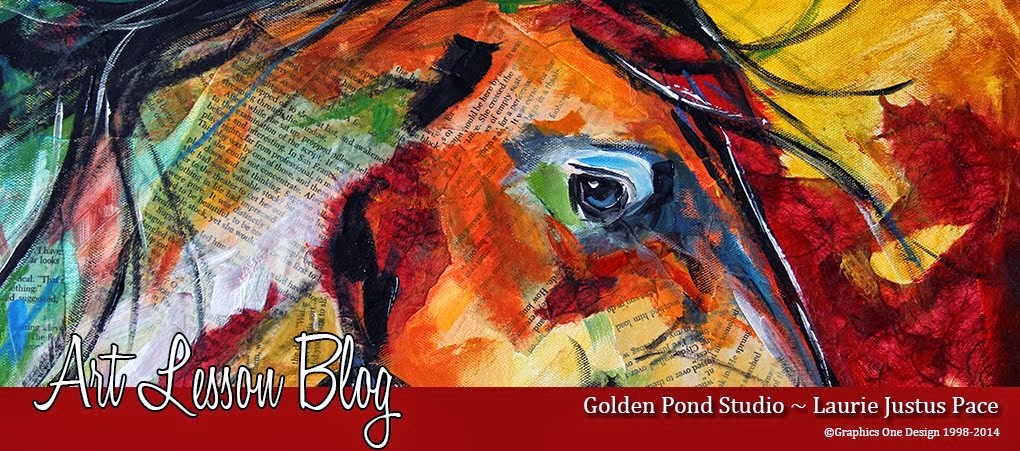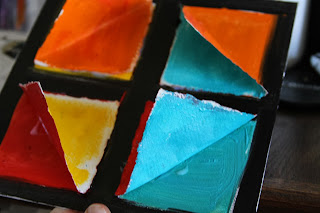Line Shape Form Space Value
"Color is an inborn gift, but appreciation of value is merely training of the eye, which everyone ought to be able to acquire. " John Singer Sargent
Value, or tone, refers to the use of light and dark, shade and highlight, in an artwork. One of my favorite painters current day that uses this in many of her pieces as an underpainting before she paints her colors in, is Texas Artist Rebecca Zook. Her work is incredible. Working in acrylic, she lays in her values before layering the colors on top. Texas Artist Nancy Medina, sort of does this but with transparent colors creating the forms and backgrounds of what she is painting. When I took one of her floral workshops we worked with browns and moved forward.
With this lesson being on values... I want to take Rebecca's challenge of the black and white acrylic painted first and then layering of color...so this week I have examples of two pumpkin paintings because I loved her pumpkin painting and Terry specifically brought me home pumpkins to work from. Value paintings can indeed be done with any ONE COLOR (blue, green, red, etc) and adding just white or black to make dark values and intermediate values and light values. Following the thought behind Rebecca's work is to stay true to the values using black and white and all in between. If you can access this link, you can see quite a few of her pieces she just completed using this technique by clicking here.
Okay, so I took off into the studio with two student grade canvas panels, my pumpkins and charcoal.
I find sketching in charcoal allows me freedom to easy change my areas as I sketch them in.
This is the first one with two neighboring pumpkins.
First I painted in the darkest area and the 'atmosphere' around it. I have never tried this, so we are doing it together as a first. I normally use acrylics to form up backgrounds for my oils.. but I use one color, so painting with a brush feels strange too.
I am wondering if my values are too dark, but I am assuming until I try it I will not know.
This is actually the pumpkin we will carve. It is the tallest of the group we brought home from Whole Foods. Terry has plans for roasted pumpkin seeds and a fresh pumpkin pie.
I snapped one a bit closer up so you could see some of the light I was trying to capture off the top of the pumpkin. Rebecca must have so much patience to paint like this!
This is the final on this one but I forgot to finish the leaves I was going to place in the background... using imagination of the pumpkin patch itself.
Next week I will have color added to this. Perhaps not as beautifully as Rebecca does because I am not an acrylic painter and it definitely is much harder than oils!
So get your brushes out and buy some of those little pumpkins and gourds in different colors. There are some really cool choices out there. Call it painting the gourds and get painting!
"When beginning artists understand and use values for the first time, there is usually a quantum leap in the quality of their painting." Paul deMarrais
© Graphics One Design 2014






























